The amount of chemical nitrogen spread on Irish farms is to be limited to 325,000t by 2030, under Ag Climatise, the Department of Agriculture’s plan to cut emissions in the sector.
According to the Department, chemical nitrogen use on Irish farms peaked at 408,000t in 2018.
By 2025, it will have to be limited to 350,000t under the plan.
The reduction will be carried through a number of actions, including online nutrient management planning, a national liming programme and 90% of slurry being spread by low emission slurry spreading equipment (LESS) by 2027.
The use of urea is to be prohibited by 2023 and there is an aim to have 65% of straight CAN sales as protected urea/protected nitrogen by 2030.
Genotyping
The entire national herd is to be genotyped by 2030 to “underpin the development of enhanced dairy and beef breeding programs” that help achieve a reduction in our overall greenhouse gas output at a national level.
This will be done by genotyping all calves in priority herds in 2021, such as those in the Beef Data and Genomics Programme (BDGP), a move away from the use of stock bulls on replacements in dairy herds by 2025 and increased milk recording to 90%.
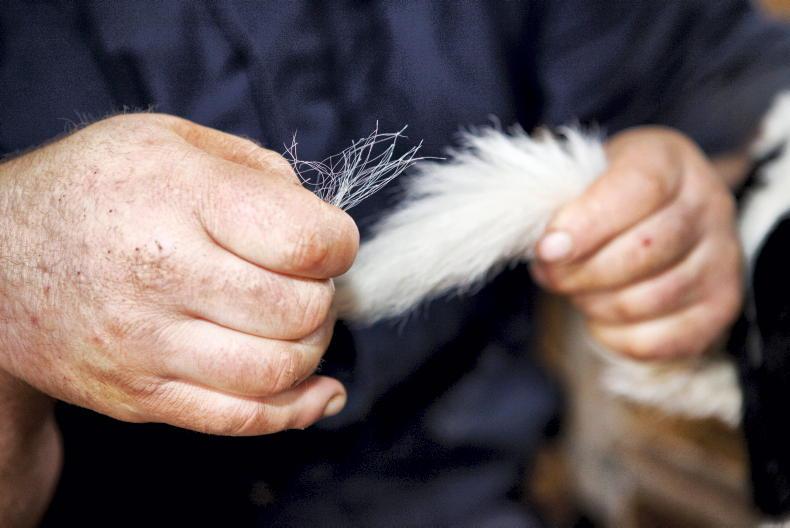
Grassland
In order to maximise the production of grazed grass, Grass10 training is to be rolled out to a greater cohort of beef and dairy farmers.
Grass production is to be recorded on all farms above 100 livestock units or 130kg organic nitrogen per hectare.
Animal health
Action five in the plan is to “further enhance animal health strategies to support climate ambitions and environmental sustainability through promotion of sustainable animal health and welfare practices and enhancing food safety and authenticity”.
The Department aims to do this through BVD being eradicated by 2023, reducing the prevalence of TB in the national herd and a programme to reduce the prevalence of IBR, among others.
Tillage and horticulture
The plan wants to increase the area under tillage production above the current level of 300,000ha by 2030, producing more native grown grains and legumes for the livestock industry, while further enhancing the environmental credentials of the sector.
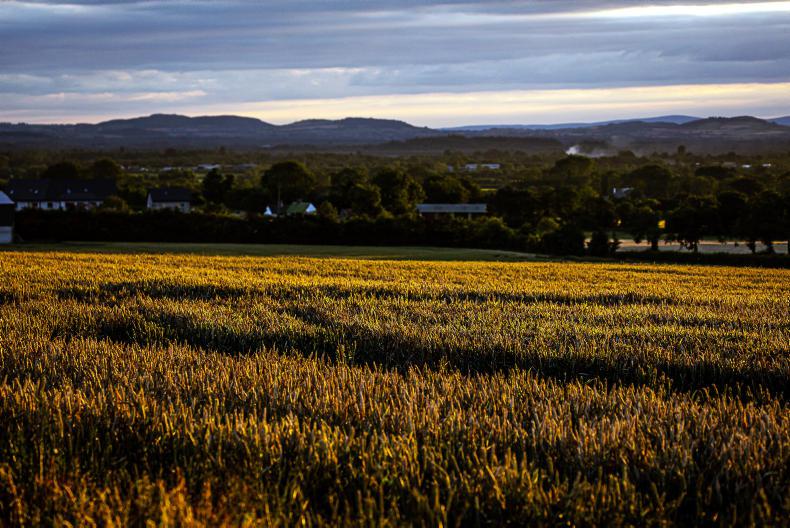
Action 11 in the plan will see the carbon credentials of the horticulture sector enhanced.
Protein
Other actions included in Ag Climatise include a reduction the crude protein content of livestock feeding stuffs to minimise ammonia loss and for Ireland to continue to invest in “novel feed additives” to reduce biogenic methane.
The plan aims to increase the proportion of home grown protein in livestock rations and increase the current area under organic production to 350,0000ha by 2030.
Promoting the development of a sustainable circular bioeconomy within the agri-food sector, exploring all options in relation to land use diversification and increasing afforestation levels are also actions in the plan.
Carbon sequestration
Specific actions relating to carbon include:
Action 15: Reduce the management intensity of at least 40,000ha of peat-based agricultural soils to reduce CO2 loss.Action 16: Protect, enhance, and increase the number of hedgerows on farms.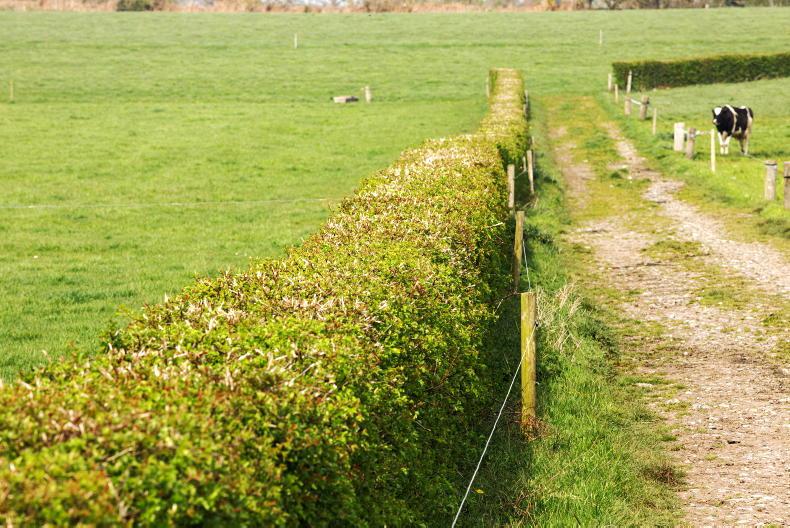
Action 17: Develop a pilot scheme in relation to on-farm carbon trading to reward farmers for the public goods they are providing.Action 18: Generate at least a 20% reduction in agricultural energy use by 2030 across all farms. In addition, generate at least 20% deployment of renewable energy technologies, focusing primarily on energy intensive farming systems.Action 19: Double the sustainable production of biomass from forests by 2030 and ensure biomass mobilisation for heat production.Action 20: Engage with stakeholders to maximise the potential opportunities from Anaerobic Digestion for the agriculture sector.Other measures include knowledge transfer, a centre of excellence to ensure Ireland is a global leader in research and innovation related to climate smart agriculture and a road map from Bord Bia to achieve market demands.
Read more
DAERA sets out two options for NI climate legislation
Teagasc livestock road maps greened up
Climate concerns to dominate farm development – Teagasc
The amount of chemical nitrogen spread on Irish farms is to be limited to 325,000t by 2030, under Ag Climatise, the Department of Agriculture’s plan to cut emissions in the sector.
According to the Department, chemical nitrogen use on Irish farms peaked at 408,000t in 2018.
By 2025, it will have to be limited to 350,000t under the plan.
The reduction will be carried through a number of actions, including online nutrient management planning, a national liming programme and 90% of slurry being spread by low emission slurry spreading equipment (LESS) by 2027.
The use of urea is to be prohibited by 2023 and there is an aim to have 65% of straight CAN sales as protected urea/protected nitrogen by 2030.
Genotyping
The entire national herd is to be genotyped by 2030 to “underpin the development of enhanced dairy and beef breeding programs” that help achieve a reduction in our overall greenhouse gas output at a national level.
This will be done by genotyping all calves in priority herds in 2021, such as those in the Beef Data and Genomics Programme (BDGP), a move away from the use of stock bulls on replacements in dairy herds by 2025 and increased milk recording to 90%.

Grassland
In order to maximise the production of grazed grass, Grass10 training is to be rolled out to a greater cohort of beef and dairy farmers.
Grass production is to be recorded on all farms above 100 livestock units or 130kg organic nitrogen per hectare.
Animal health
Action five in the plan is to “further enhance animal health strategies to support climate ambitions and environmental sustainability through promotion of sustainable animal health and welfare practices and enhancing food safety and authenticity”.
The Department aims to do this through BVD being eradicated by 2023, reducing the prevalence of TB in the national herd and a programme to reduce the prevalence of IBR, among others.
Tillage and horticulture
The plan wants to increase the area under tillage production above the current level of 300,000ha by 2030, producing more native grown grains and legumes for the livestock industry, while further enhancing the environmental credentials of the sector.

Action 11 in the plan will see the carbon credentials of the horticulture sector enhanced.
Protein
Other actions included in Ag Climatise include a reduction the crude protein content of livestock feeding stuffs to minimise ammonia loss and for Ireland to continue to invest in “novel feed additives” to reduce biogenic methane.
The plan aims to increase the proportion of home grown protein in livestock rations and increase the current area under organic production to 350,0000ha by 2030.
Promoting the development of a sustainable circular bioeconomy within the agri-food sector, exploring all options in relation to land use diversification and increasing afforestation levels are also actions in the plan.
Carbon sequestration
Specific actions relating to carbon include:
Action 15: Reduce the management intensity of at least 40,000ha of peat-based agricultural soils to reduce CO2 loss.Action 16: Protect, enhance, and increase the number of hedgerows on farms.
Action 17: Develop a pilot scheme in relation to on-farm carbon trading to reward farmers for the public goods they are providing.Action 18: Generate at least a 20% reduction in agricultural energy use by 2030 across all farms. In addition, generate at least 20% deployment of renewable energy technologies, focusing primarily on energy intensive farming systems.Action 19: Double the sustainable production of biomass from forests by 2030 and ensure biomass mobilisation for heat production.Action 20: Engage with stakeholders to maximise the potential opportunities from Anaerobic Digestion for the agriculture sector.Other measures include knowledge transfer, a centre of excellence to ensure Ireland is a global leader in research and innovation related to climate smart agriculture and a road map from Bord Bia to achieve market demands.
Read more
DAERA sets out two options for NI climate legislation
Teagasc livestock road maps greened up
Climate concerns to dominate farm development – Teagasc







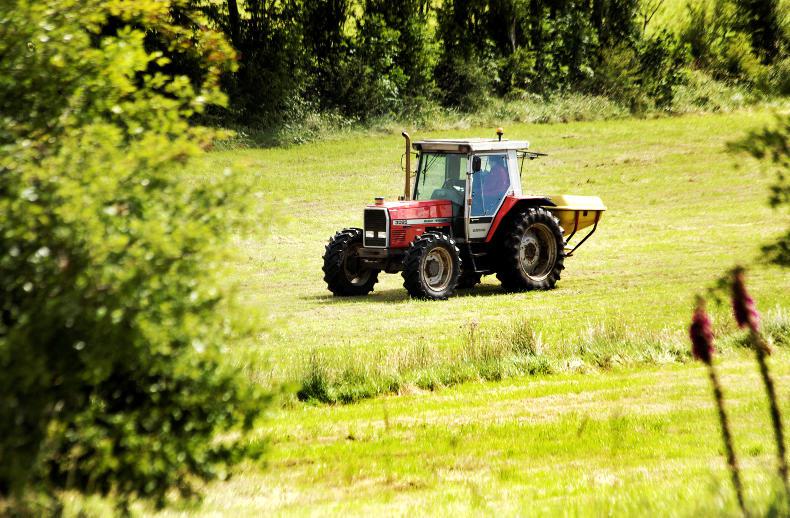
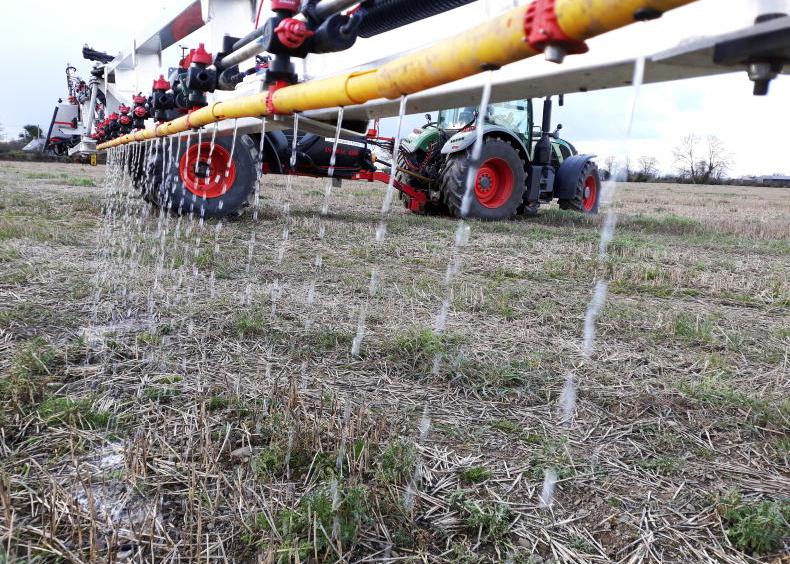
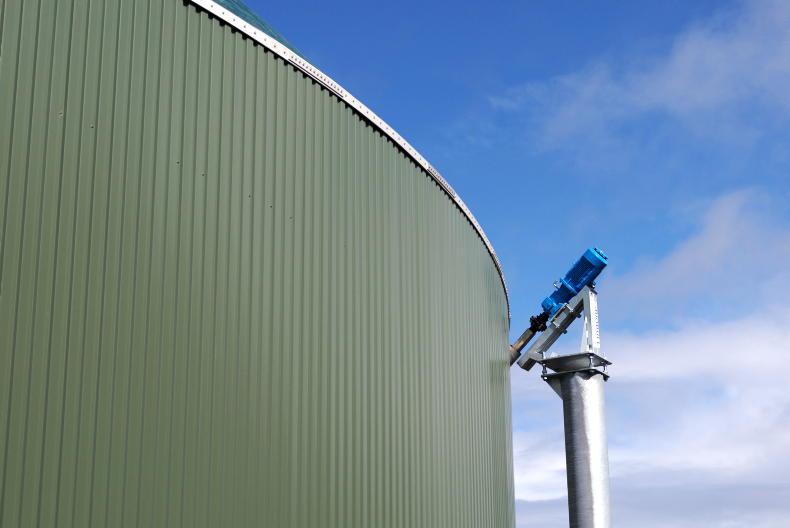

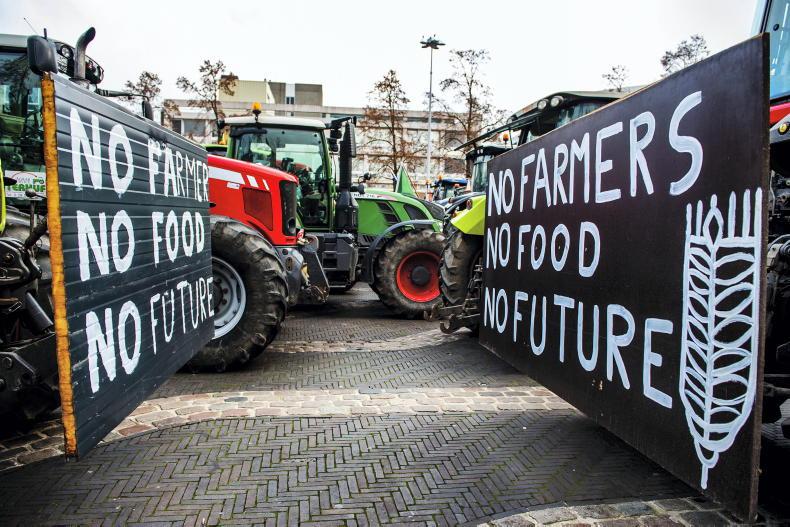
SHARING OPTIONS